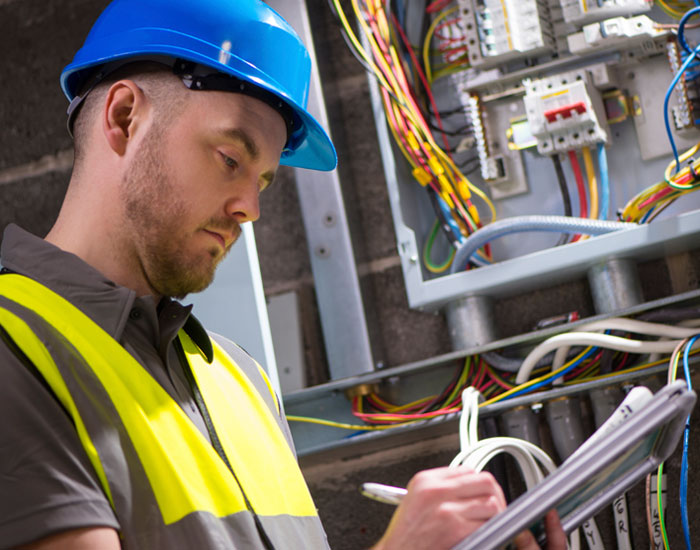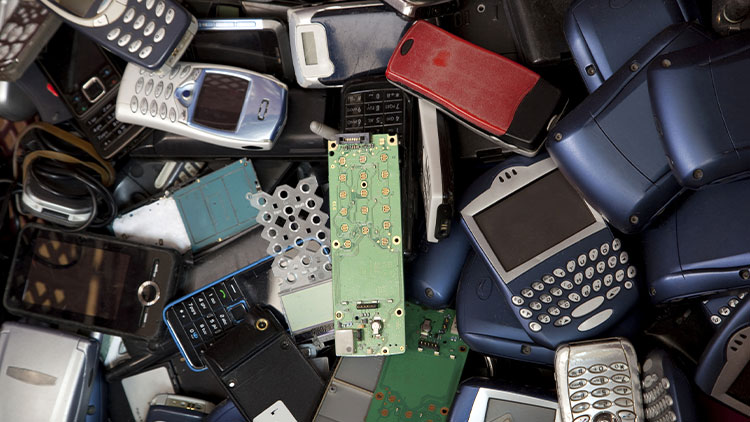When talking about global pollution problems it’s tempting to focus on big, impressive numbers but these tend to obscure the personal impacts that pollution can have.
A new report, Mercury Monitoring in Women of Child-Bearing Age in the Asia and the Pacific Region, reveals the consequences of mercury pollution at a more personal scale.
It does so by measuring mercury levels in 234 women from six countries in Asia and the Pacific: Cook Islands, Kiribati, Marshall Islands, Tuvalu, Nepal and …






























